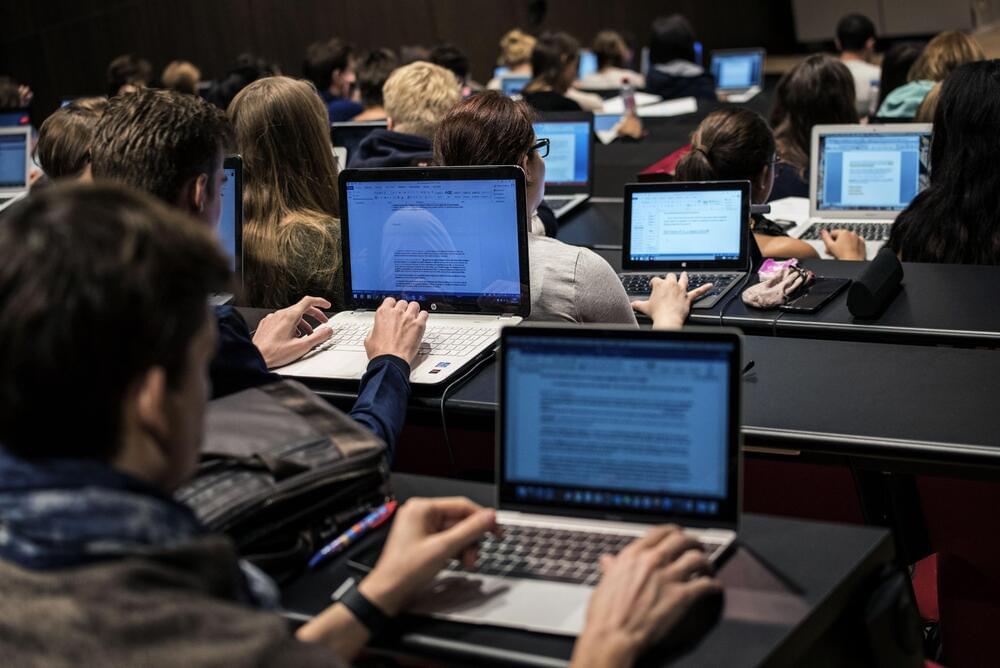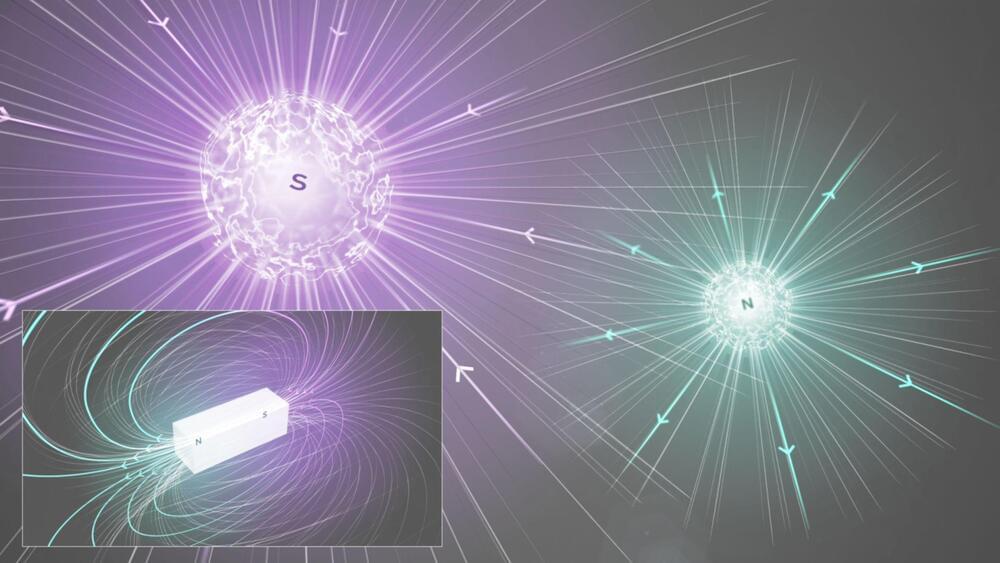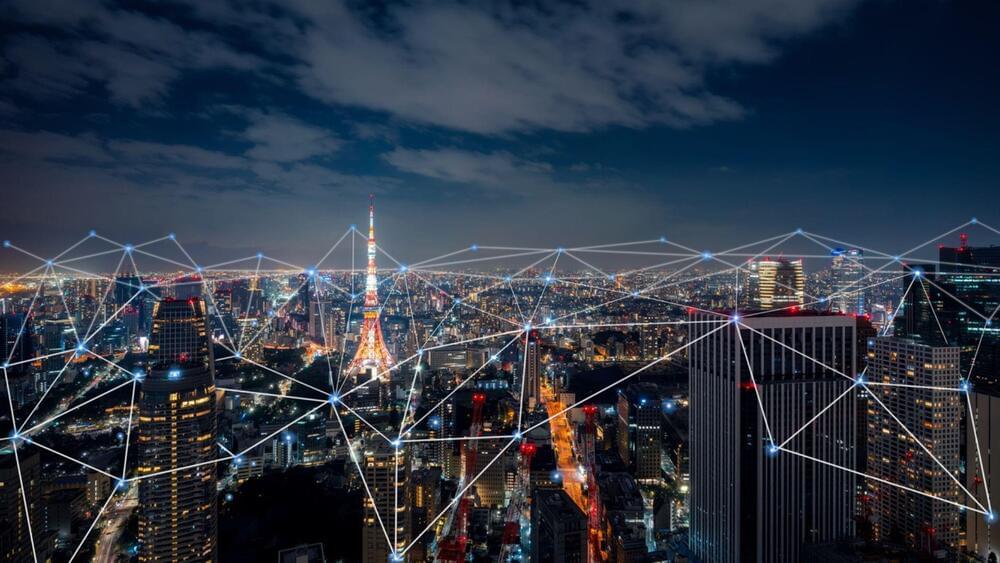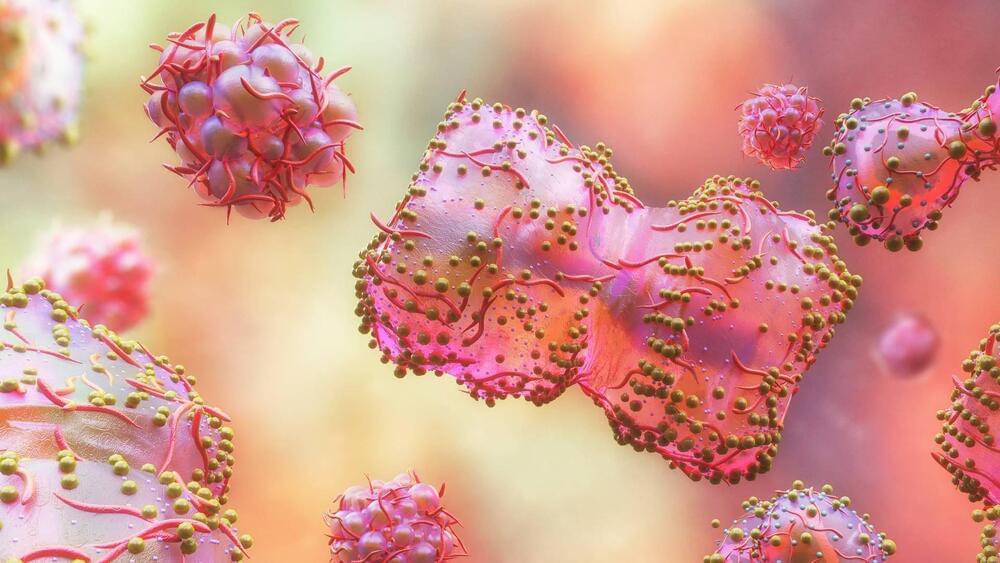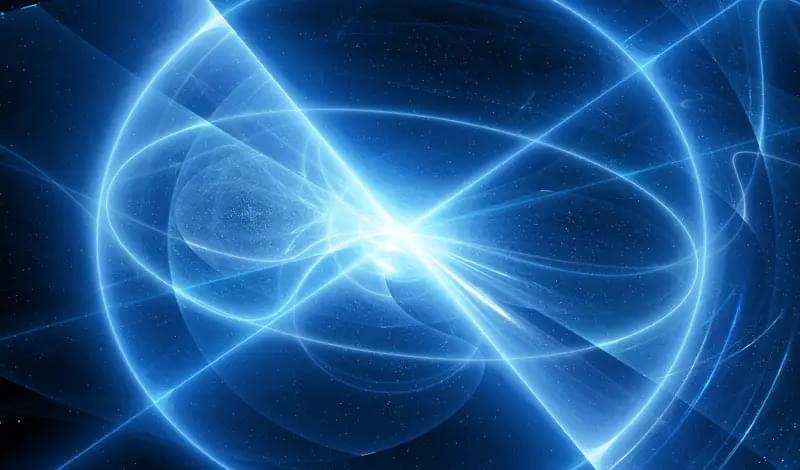As instructors settle into a new academic year, AI technologies like ChatGPT offer new dimensions for teaching and student engagement. While the allure of AI is captivating, the chatbots are still in their formative stages and thus imperfect, sometimes producing a mix of facts and fiction and raising an array of questions about academic integrity.
Many higher education institutions have recently changed their stances on the tools, from banning them last spring to allowing instructors to use the technology in their classes this fall. While the overwhelming majority of higher education institutions lack formal policies on the use of AI, according to research by Tayton Partners, some have… More.
Opportunities and challenges AI presents in academia, and how educators can navigate this emerging landscape. Discussing guides offered by OpenAI and universities.
